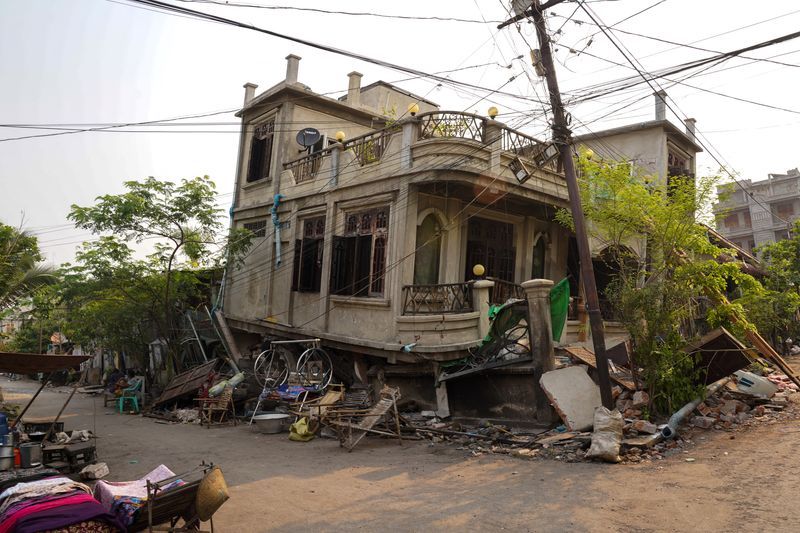
The new on-board unit for ERP 2.0 is slated to be installed in all vehicles by the end of 2025. - Photo: ST
SINGAPORE: Up to 20,000 additional certificates of entitlement (COE) will be injected across the five vehicle categories over the next few years from February 2025.
Announcing this on Tuesday (Oct 29), the Land Transport Authority (LTA) said it is able to increase the vehicle population here by about 2 per cent of current levels as travel patterns have evolved, with the total mileage clocked by vehicles coming down by around 6 per cent from 2019 to 2023.
The new satellite electronic road pricing (ERP) system, or ERP 2.0, will also allow the authorities to better manage traffic congestion and vehicle usage, LTA added.
The injection of COEs – which give one the right to own a vehicle – will boost COE supply, though it is unclear at this point how the move will affect COE premiums.
The Straits Times has asked LTA how it intends to allocate the additional COEs across the vehicle categories, and how many years this injection will be spread across.
COE prices had dropped slightly across all categories at the latest tender exercise on Oct 23, though premiums for both car categories remained above S$100,000. Singapore had 1,003,126 vehicles on the road as at September 2024.
LTA said it will consider further injections of COEs to the vehicle population in future as further data and tools under ERP 2.0 are made available, including the possible option of introducing distance-based charging.
ERP charges will be adjusted as needed based on traffic conditions, LTA added.
The authority noted that the addition of COEs from February 2025 is similar to the approach taken when the Government added 10,500 COEs between 1997 and 2003, on top of the allowable vehicle growth rate, after the ERP system was introduced.
Singapore’s vehicle growth rate has been set at zero since 2018, apart from the commercial vehicle population, which can increase by 0.25 per cent per year. The vehicle growth rate is reviewed every three years, with the last review in 2021.
On Oct 29, LTA said it will keep the vehicle growth rate for the car and motorcycle categories at zero, while that for commercial vehicles will remain at 0.25 per cent per year from Feb 1, 2025, to Jan 31, 2028.
The Government’s long-term vision remains centred on being “car-lite”, with walking, cycling and public transport as the predominant travel modes, LTA said.
It noted that the rail network has expanded by 18 per cent from 228km in 2019 to around 270km today, with more MRT lines and extensions slated to open over the next few years.
Turning to ERP 2.0, LTA said the system’s satellite technology will allow it to introduce new “virtual gantries” to manage congestion in a more flexible and responsive manner. This will come after all vehicles here are installed with the new on-board units (OBUs).
ERP 2.0 also provides for the option of distance-based charging, which will be an additional tool to regulate vehicle usage and manage traffic congestion more responsively, LTA said. The authority previously said it has not decided whether to implement distance-based charging yet.
The planned injection of up to 20,000 more COEs from 2025 comes after Transport Minister Chee Hong Tat said in March that the authorities were open to studying a one-off increase in the total vehicle population, spread over a few years.
This would be accompanied by higher usage-based charges to prevent congestion, as well as the possibility of having distance-based charging in future, Chee added.
LTA has maintained in the past that the vehicle growth rate does not have a significant impact on COE supply as the COE quota is determined largely by the number of vehicle deregistrations.
Amid record-high COE premiums in 2022 and 2023, the Government moved to stabilise the supply of COEs by bringing forward more COEs guaranteed to expire in future peak supply years to fill the present supply troughs.
Despite the moves, COE prices have remained high. At the Oct 23 tender, the premium for a Category A COE, which is used to register smaller, less powerful cars and electric vehicles, ended at $102,900, while the premium for Category B COEs closed at $113,890.
LTA on Oct 29 also gave an update on the ongoing installation of OBUs for ERP 2.0.
About 150,000 new and existing vehicles have been fitted with the OBU since November 2023, LTA said.
LTA added that it will progressively send notifications to all remaining Singapore-registered vehicles to install the OBU from November 2024.
Existing vehicle owners can now make appointments directly with their preferred authorised workshops to install the OBU without going through LTA’s booking portal or waiting for LTA’s official notification, the authority said.
The original booking portal (go.gov.sg/book-obu) has been redesigned as an information page to help vehicle owners locate suitable workshops for their vehicle. - The Straits Times/ANN









































